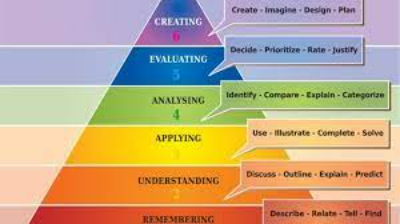Learning Objectives

The objectives of Discrete Probability Theory include:
1. Understanding Basic Concepts: The first objective is to familiarize oneself with the fundamental concepts of probability theory, such as sample space, events, probability measures, and random variables.
2. Computation of Probabilities: Learn how to calculate probabilities of events using various methods, including counting techniques, probability rules, and combinatorial analysis.
3. Probability Distributions: Study different types of probability distributions, such as discrete probability distributions (e.g., binomial, Poisson) and continuous probability distributions (e.g., normal, exponential). Understand their properties, probability mass/density functions, cumulative distribution functions, and moments.
4. Conditional Probability: Explore the concept of conditional probability and learn how to calculate probabilities of events given certain conditions or prior information. Understand conditional probability rules and conditional expectation.
5. Independence: Understand the concept of independence between events and random variables. Learn how to determine whether events or random variables are independent and how to calculate probabilities in the case of independence.
6. Law of Large Numbers: Study the Law of Large Numbers, which describes the convergence of sample averages to expected values as the sample size increases. Understand its implications and applications in probability theory.
7. Random Variables and Expected Values: Define and analyze random variables and their expected values. Learn about discrete and continuous random variables, their probability mass/density functions, cumulative distribution functions, and moments.
8. Joint and Marginal Distributions: Explore the concept of joint probability distributions for multiple random variables. Understand how to calculate joint probabilities, marginal probabilities, and conditional probabilities in the case of multiple random variables.
9. Random Sampling: Study the principles of random sampling and its connection to probability theory. Learn about sampling distributions, estimators, and properties of estimators.
10. Limit Theorems: Understand important limit theorems in probability theory, such as the Central Limit Theorem and the Law of Large Numbers. Explore their applications in statistics and data analysis.
These objectives provide a foundation for understanding and applying probability theory in various fields, including statistics, data science, computer science, and decision-making processes. By achieving these objectives, individuals gain a solid understanding of discrete probability theory and its practical implications.